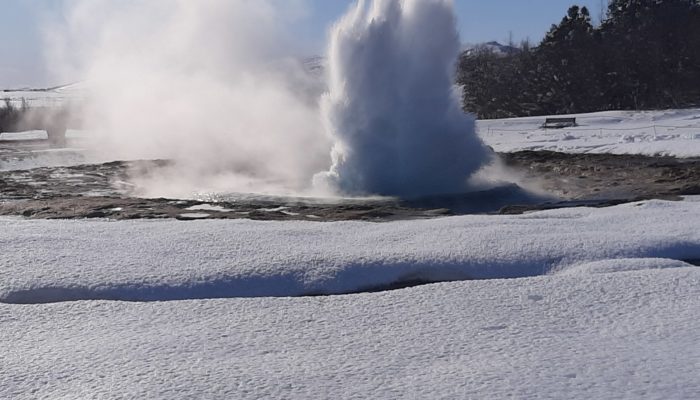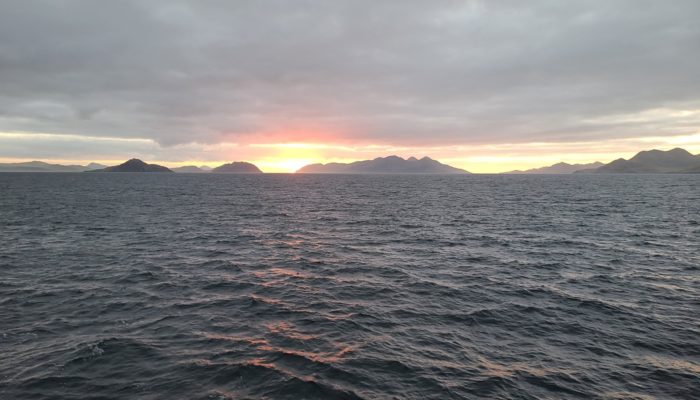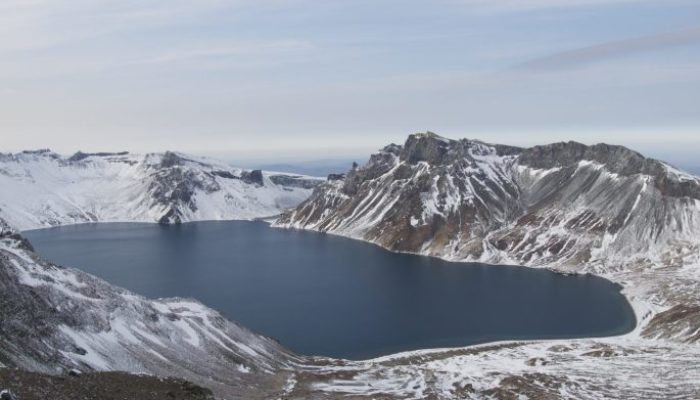I was fascinated and excited on my first trip to Iceland in August 2010; just a few months after the eruption of Eyjafjallajökull that affected the air traffic across Europe for a few days. Besides these dangerous volcanoes, the Icelandic landscape is beautiful, rough, wide and impressive with elements such as water and ice interacting directly at some locations. Part of this trip was, of course, ...[Read More]
Thirty-nine days onboard the Langseth
When you picture sailing on a ship, what do you imagine? Cool breezes, salt spray, glorious sunrises, the peaceful sounds of breaking waves and passing gulls’ cries? As it turns out, you can go for multiple days at sea without directly looking at, smelling, or hearing the ocean waves – at least, you can if you sail on a 71-meter-long marine seismic research vessel like the R/V Marcus G. Langseth. ...[Read More]
Volcano-seismology in North Korea
For any field-based seismologist, there is nothing more satisfying than standing in a remote location, laptop in hand finalising the installation of a new broadband seismic station. In 2013 this feeling was amplified as we deployed the first, and still the only broadband seismic array in the Democratic People’s Republic of Korea (DPRK, the formal name for North Korea). That it took almost two year ...[Read More]
The Journey of an Antarctic Seismologist
Thwaites Glacier is a massive region of the West Antarctic Ice Sheet on par with the size of Pennsylvania or the island of Britain and is over a mile thick in many places. It is currently retreating rapidly and is a likely candidate to contribute the most to rapid sea-level rise over the next few decades to a century. That’s the most important point there is to make. I’m part of a large internatio ...[Read More]




